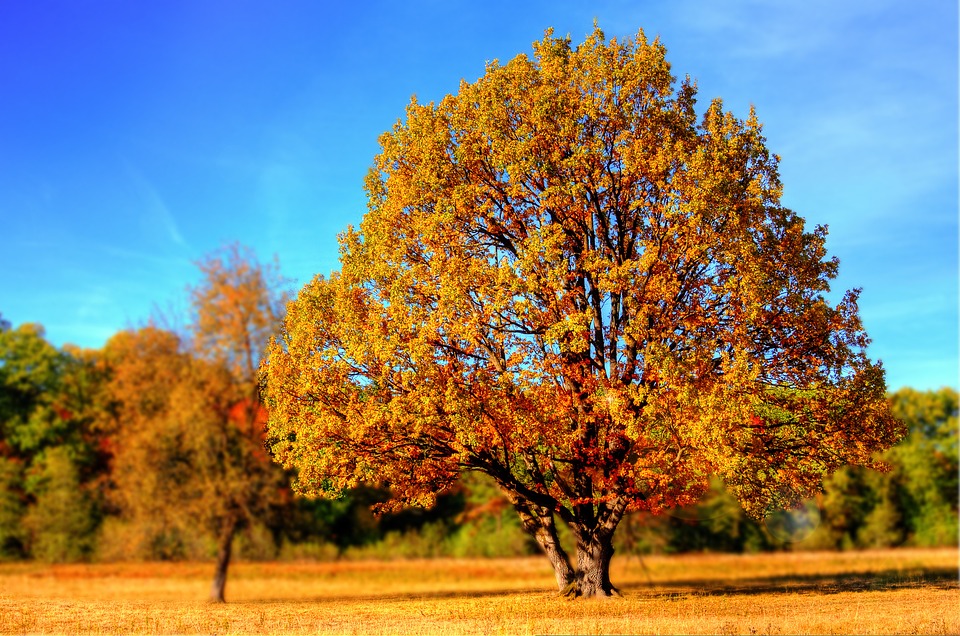We can break down happiness into endless types. To simplify, however, there are essentially two kinds: one is happiness derived from worldly things; the other is happiness which does not come from worldly things. Within the second kind, one type is a feeling of great happiness over and above general wellbeing. This feeling is experienced during the course of serving or benefiting other sentient beings — a pursuit also shared by the bodhisattvas in Mahayana Buddhism.
~ Depicted from THE PAPER TIGER - The Tibetan Buddhist View on Happiness











